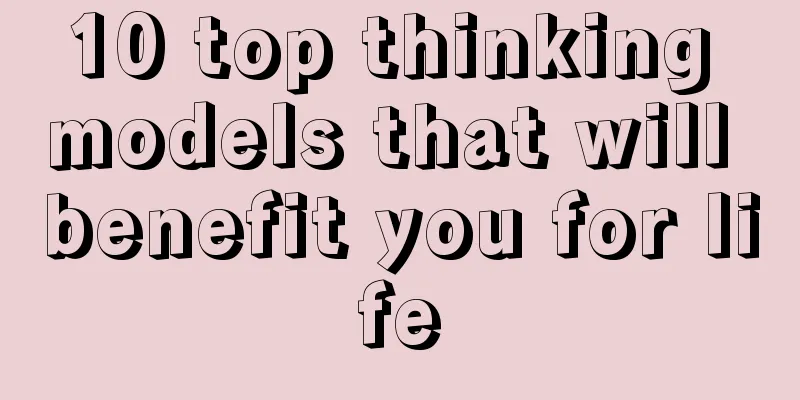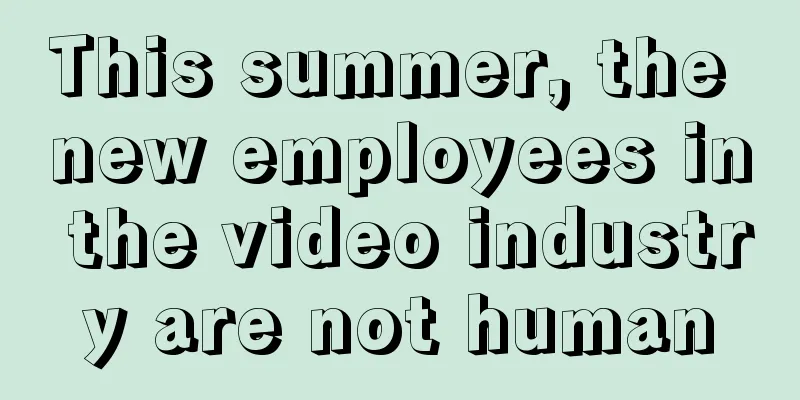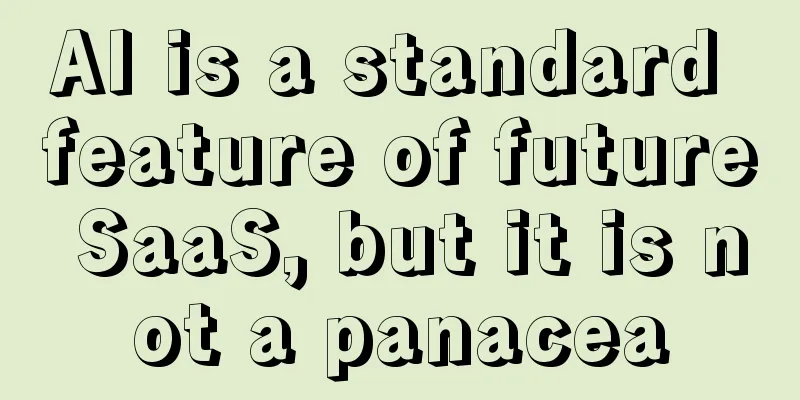10 top thinking models that will benefit you for life

A thinking model refers to a systematic and organized way of thinking. However, any thinking model can only describe a certain aspect of the relationship. Charlie Munger once described the thinking model like this: "The thinking model is a toolbox in your brain for making decisions. The more toolboxes you have, the more likely you are to make the most correct decisions." Therefore, the more thinking models you master, the more comprehensive your perspective on things will be, and the less likely you will fall into pitfalls. Today I will share 10 top thinking models. They are very universal, so it is recommended to collect them first! Model directory:
0 1 Golden Circle RuleThe Golden Circle is a leadership model proposed by thought leader Simon Sinek in his book Start With Why. The model is used to help organizations and leaders find their purpose and meaning in order to better inspire employees, engage customers, and build brands. The Golden Circle consists of three rings: Why, How and What. Sinek believes that most organizations and leaders only focus on "what to do", that is, the products or services they produce, but successful leaders and organizations should focus on "why", that is, their purpose and beliefs. 02Pyramid PrincipleThe pyramid principle is a method commonly used in speech, writing and expression of thoughts . Its basic idea is to organize information hierarchically according to its importance to form a pyramid-like structure, making the information clearer, easier to understand and more organized. The pyramid principle usually includes the following steps:
Taking the highest-level topic as the basis, organize all topics and subtopics into a logical and orderly structure, forming a pyramid-shaped display. This organizational form allows the audience or reader to understand the most important information first, and then gradually go into details, forming a clear information structure that is easy to understand and remember. This method can help speakers or writers better organize information so that it is conveyed more clearly, logically and attractively. 03 The Rule of 3The rule of "3" generally refers to a simple principle, which is to use three elements to build a concise, powerful, easy-to-understand and memorable structure when expressing ideas or thinking about problems. This principle states that three elements are the minimum necessary number for a message to be effectively communicated, yet few enough so that the message is not too complex or confusing. This principle can be applied in many ways, for example: Use three basic colors or shapes in your design to establish a brand image or visual identity; Use three detailed descriptions in your writing to support a main argument or theme; Use three key benefits in sales or advertising to demonstrate the value of a product or service; Using the rule of three can make your message clearer, easier to understand, and help your listeners or readers remember the information better. 04 10/10/10 PrincipleThe 10/10/10 principle is a decision-making model proposed by Suzy Weinstein, a famous management scientist and author. This model can help people make better decisions and avoid interference from impulse, bias or emotion. Specifically, the 10/10/10 principle requires that three time points be considered when making decisions:
By considering the impact at different points in time, people can gain a more complete understanding of the impact and possible consequences of decisions, allowing them to make more rational and informed decisions. The idea of this model can also be fine-tuned in practice according to actual conditions. For example, the time points that may be considered may be 1 year, 5 years, or 10 years instead of the fixed 10/10/10. 05Occam ’s RazorOccam's razor, also known as Occam's principle, means that among multiple hypotheses, the simplest one should be chosen. The basic idea is to explain a phenomenon in the simplest way possible, rather than in a complicated way. This principle can be traced back to the 14th century English logician William Occam. The practical application of Occam's razor is to simplify the solution of complex problems by eliminating unnecessary assumptions or explanations. This principle is widely used in scientific research, philosophy, engineering and other fields, aiming to solve problems through simple and effective explanations. For example, when explaining a phenomenon, if there are two hypotheses, one simple and the other complex, the simple one should be chosen because it is easier to verify and explain and does not require additional assumptions or regulations. Of course, Occam's razor does not mean that the simplest explanation is always correct. In some cases, a complex explanation may be correct, but if there is insufficient evidence to support the complex hypothesis, then we should adopt the simplest explanation first. 06Reverse thinking modelThe reverse thinking model is an innovative thinking model that encourages people to look at problems from different perspectives and find unconventional solutions. The core idea of this model is to think in reverse, try to look at the problem from the opposite perspective, and come up with solutions that are different from the conventional ones. The process of the reverse thinking model includes the following steps:
The reverse thinking model can help people break the limitations of traditional thinking and generate more innovative solutions. It is often used to solve complex problems or challenges, or to provide new ideas when creativity is insufficient. 07Six Thinking HatsSix Thinking Hats is a thinking method created by Edward de Bono to promote teamwork and collective thinking. This approach describes and guides thinking by dividing the thinking process into six "hats". Each "hat" represents a different thinking role or attitude, including:
08 SCAMPER Innovative ThinkingSCAMPER is a creative thinking tool that helps people create new ideas and solutions by modifying and recombining existing ideas and concepts. SCAMPER represents the following seven thinking patterns:
By using the SCAMPER method, people can challenge their own mindsets, look at problems from different perspectives, and discover new solutions. This approach can be applied to various innovation scenarios, including product design, marketing, process improvement, etc. 09 Descartes ’ Thinking ModelThe Cartesian thinking model, also known as "methodology", is a way of thinking proposed by the French philosopher Descartes, which advocates deriving answers by analyzing problems. The basic idea of this model is to break a problem into smaller parts and then solve each part one by one to eventually get the answer to the whole problem. The Cartesian thinking model is usually divided into the following steps:
This model emphasizes in-depth analysis and thinking of problems to ensure the accuracy and feasibility of solutions. At the same time, it also points out the importance of problem solving, reminding people to avoid blindly adopting trial and error methods and random attempts, but to act after in-depth thinking and analysis. Descartes' thinking model has a wide range of applications in science, engineering, management, and decision-making. It can help people solve problems more scientifically and improve the accuracy and efficiency of decision-making. 10 Acquired Bias Thinking ModelThe availability bias thinking model refers to the fact that when people make decisions, they are more easily influenced by the information they know and ignore information that is not easy to obtain. In short, people tend to give more weight to information that is easy to remember, easy to imagine, or available. This bias often occurs when people try to assess the probability of some event. For example, when a person is asked about the probability of a plane crash, if a similar event has occurred recently, the person is likely to overestimate the probability of a plane crash because these events are more likely to leave an impression in people's memory. On the contrary, if no similar event has occurred recently, the person may underestimate the probability of a plane crash. Acquired biases can lead people to make poor decisions. Therefore, to avoid this bias, we should strive to obtain more comprehensive information , including information that is not easily available or less prominent, and pay attention to the source and accuracy of the information we receive to avoid making decisions based solely on known information. Author: Yan Tao; Source: WeChat public account "Yan Tao Sanshou (ID: yantao-219)" |
<<: If you were a cookie shop owner, how would you use Internet thinking to sell cookies?
>>: Big news! Adding friends on WeChat for business will be charged!
Recommend
How to operate a Shopee store? Introduction to Shopee store operation
Nowadays, many friends are engaged in cross-border...
Douyin "dislikes" digital people
When digital human technology was first introduced...
How to unfreeze an Amazon store that has been frozen? How to deal with it?
When operating an Amazon store, the most frighteni...
How to use Amazon ABA? Introduction to usage
To open a store on Amazon, you need to learn how t...
What does double clearance for foreign trade mean? What does double clearance and tax package mean?
If we buy things on overseas shopping platforms, t...
Four rules for advanced e-commerce operations
This article introduces the four rules of e-commer...
"Internet celebrity with millions of fans" Xiucai title: neglected emotions of middle-aged and elderly people and the neglected silver hair market
Xiucai, who frequently appears in shy actions, has...
After 9 years of operation, how do I understand "user growth"?
Editor's note: In this article, the author sha...
Products, the soul of the brand
In this article, the author describes the importan...
Only selling bucket noodles on Douyin, with sales of 1 million orders!
An account selling bottled noodles shot more than ...
Is Shopee commission-free in the first few months? What are the store opening policies?
Shopee now has sites in many countries around the ...
How to write a content marketing plan? One article explains the entire process SOP!
How to write content marketing copy? This article ...
The experience design that exceeds expectations is a surprise for consumers who pursue low prices!
Sometimes, when we buy low-priced goods, we can al...
Top 10 Marketing and Business Trends in 2023
As the economic environment changes, the investmen...
In the era of short videos, how many opportunities does online literature have?
I wonder if you have come across classic passages ...









